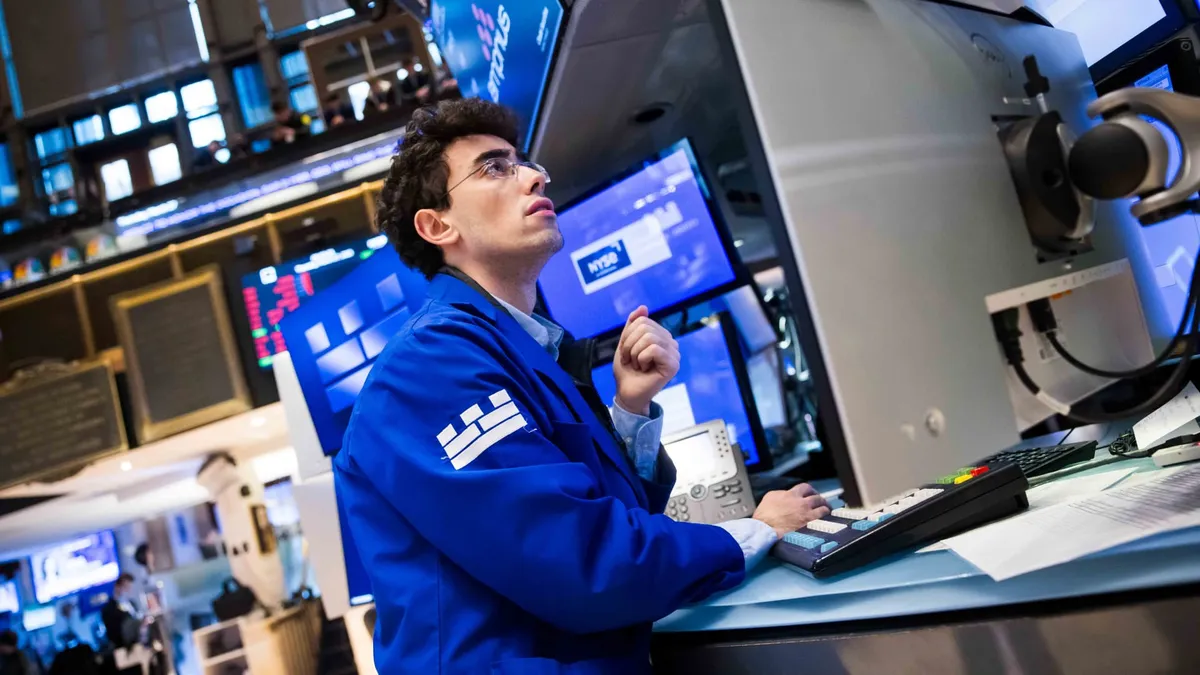
U.S. stock futures inched higher early Friday as investors navigated ongoing tariff uncertainties and prepared for the release of a crucial inflation measure. The Dow Jones Industrial Average futures rose by 44 points, or 0.10%, signaling a cautious optimism among traders. Meanwhile, S&P 500 futures and Nasdaq 100 futures remained relatively flat, indicating a wait-and-see attitude in the market.
In after-hours trading, shares of Lululemon experienced a steep decline, plummeting 10% following the athleisure brand’s announcement of a weaker-than-expected outlook for the first quarter and the fiscal year 2025. This unexpected news contributed to an already challenging environment for investors, as Wall Street had just closed out a losing session for major averages.
On Thursday, the Dow Jones fell approximately 155 points, equating to a 0.4% drop. The S&P 500 also faced a setback, sliding 0.3%, while the Nasdaq Composite dropped by 0.5%. These declines followed President Donald Trump's announcement of a 25% tariff on all vehicles not manufactured in the United States, a development that has stirred significant market volatility.
Investors are increasingly worried about signs of weakening consumer sentiment, which could signal an impending economic slowdown. As a result, many are looking to April 2 for potential clarity regarding the economic landscape. Lauren Goodwin, the chief market strategist at New York Life Investments, expressed her concerns during a CNBC interview on Thursday, stating, “I don't expect that market volatility is going to calm until we have more policy certainty. A lot of us are looking to see if we get that next week.”
On the economic front, the personal consumption expenditures price index for February, set to be released on Friday, could provide critical insights into whether inflation remains a pressing issue. This index is particularly important following the Federal Reserve's recent decision to raise its inflation forecast. Economists surveyed by Dow Jones anticipate that the headline PCE price index will show a 0.3% increase for February and a 2.5% rise compared to the same month last year.
As investors brace for these upcoming economic indicators, the focus remains on how inflation trends and tariff policies will affect market stability and consumer confidence in the near future.